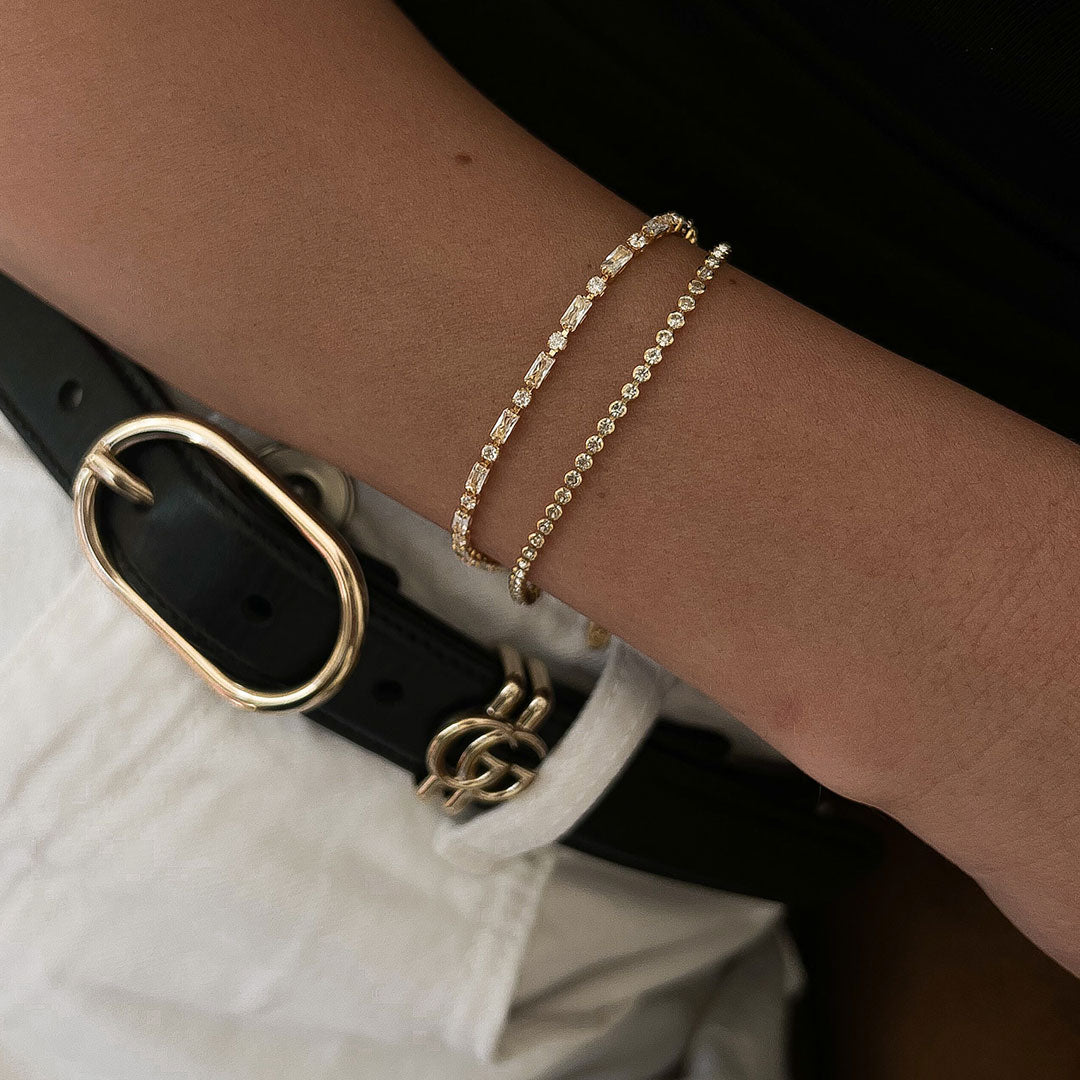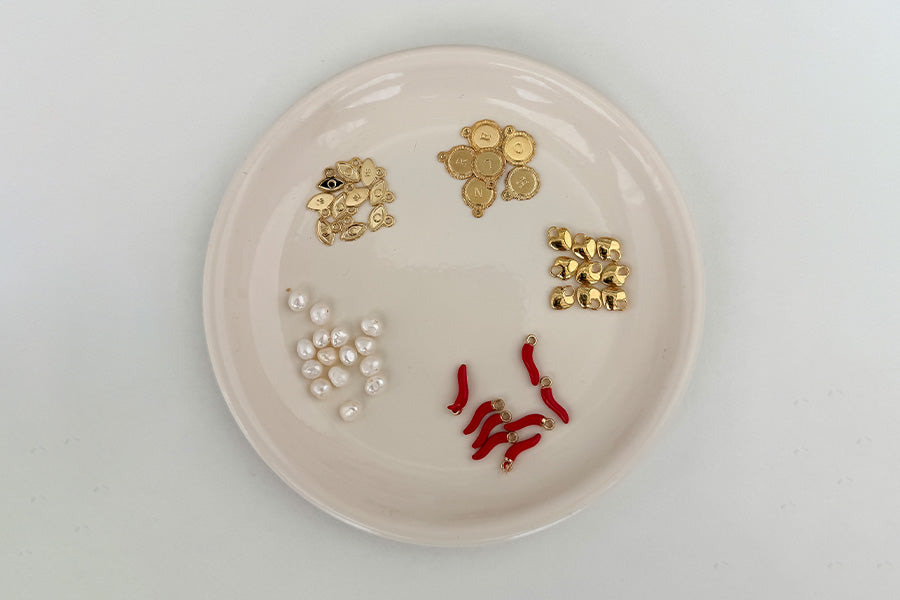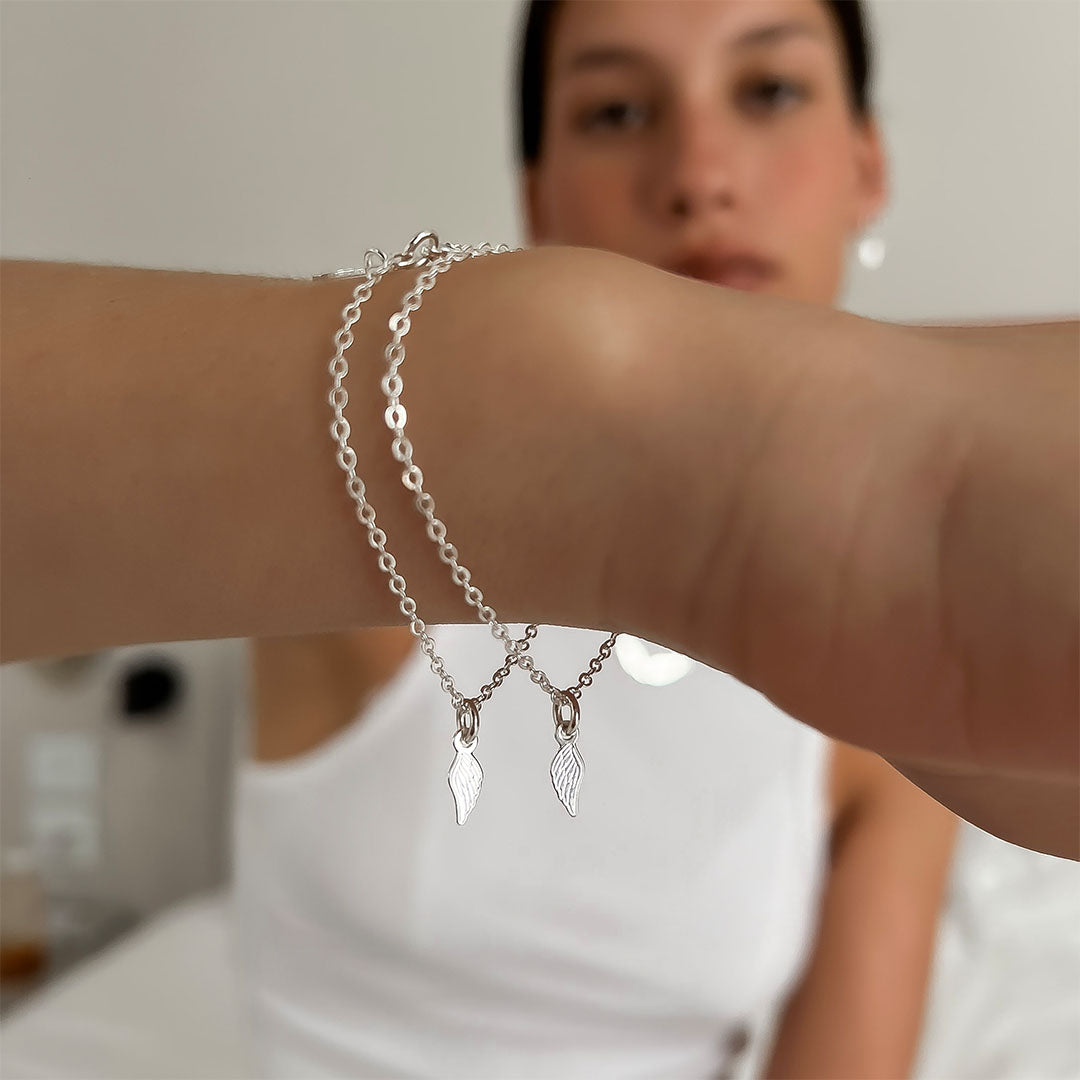Storing Your Jewelry: Best Practices to Keep Your Pieces Safe & Shiny
Jewelry is more than just an accessory; it’s a reflection of personal style, a token of cherished memories, and in many cases, a significant investment. Whether you own a collection of delicate heirloom pieces or trendy statement jewelry, proper storage is essential to maintain their beauty and longevity. Improper storage can lead to tarnish, scratches, and even irreparable damage. To help you preserve your precious pieces, this guide covers the best practices for storing your jewelry, ensuring it stays as stunning as the day you bought it.
Why Proper Jewelry Storage Matters
The way you store your jewelry can significantly impact its condition over time. Jewelry is often made from delicate materials like gold, silver, gemstones, and pearls, each of which can be susceptible to damage if not stored correctly.
Preventing Damage and Wear
One of the primary reasons for proper jewelry storage is to prevent physical damage. Necklaces and chains can easily become tangled, leading to frustrating knots that are difficult to untangle without causing harm. Similarly, rings and bracelets can scratch or chip when they come into contact with other pieces. By dedicating time to organizing your jewelry, you can minimize these risks and keep each item in pristine condition.
Avoiding Tarnish and Discoloration
Tarnish is another common issue, especially with silver jewelry. Tarnish occurs when metals react with elements in the air, causing a dull, blackened appearance. This can be prevented by storing jewelry in airtight containers or using anti-tarnish strips. Discoloration can also occur in gemstones and pearls if they are exposed to too much sunlight or moisture. Proper storage ensures that your jewelry retains its original luster and brilliance.
Top Jewelry Storage Solutions
When it comes to storing your jewelry, there are several options to consider, each with its own benefits. The key is to choose a solution that works best for your specific collection and storage space.
Jewelry Boxes and Organizers
A classic and effective storage solution is a jewelry box. These boxes come in various sizes, from small travel cases to large, multi-compartment organizers. A good jewelry box should have padded compartments to prevent scratches and provide ample space for different types of jewelry.
Some boxes also feature hooks for necklaces, cushioned slots for rings, and small compartments for earrings. Look for a jewelry box with a soft, lined interior to add an extra layer of protection. Additionally, if you have a large collection, consider a jewelry armoire that offers even more storage space and often comes with a mirror and locking mechanism for added security.
Using Drawer Inserts and Trays
If you prefer to store your jewelry in a drawer, using inserts and trays can be a practical solution. These inserts typically have divided compartments, making it easy to organize your pieces by type or frequency of use. Drawer inserts are especially useful for keeping necklaces untangled and ensuring that smaller items like earrings or rings don’t get lost.
For a more luxurious touch, consider velvet-lined trays that provide both a stylish look and a soft surface to prevent damage. These trays can be stacked in a drawer to maximize space and keep your jewelry collection organized and accessible.

How to Store Different Types of Jewelry
Different types of jewelry require different storage methods to ensure they stay in top condition. Here’s how to store necklaces, rings, bracelets, and earrings to prevent damage and make them last longer.
Storing Necklaces and Chains
Necklaces and chains are notorious for becoming tangled when not stored properly. To prevent this, consider using a jewelry tree or a hanging organizer with hooks. These tools allow each necklace to hang individually, reducing the risk of tangling. Alternatively, you can store necklaces in a compartmentalized jewelry box, ensuring that each one is separated from the others.
For delicate chains, consider storing them in small plastic bags with the clasp sticking out to prevent tangling. Just be sure to use acid-free materials to avoid any chemical reactions that could damage the metal.
Storing Rings and Bracelets
Rings and bracelets are best stored in padded compartments to prevent scratches and chips. For rings, a ring holder or slot within a jewelry box can keep each piece secure and prevent them from knocking into one another. If you have a large collection of rings, consider a ring display case that allows you to see all your options at a glance.
Bracelets, especially bangles, can be stored in a bracelet bar or a drawer insert with individual slots. For more delicate bracelets, consider storing them in separate pouches to avoid tangling or scratching against other pieces.

Storing Earrings
Earrings can easily become lost or separated if not stored properly. A jewelry box with specific compartments for earrings is ideal, allowing you to keep pairs together and easily accessible. If you prefer to display your earrings, consider an earring stand or a wall-mounted organizer with holes or hooks for each pair.
For stud earrings, a foam or velvet-lined insert with small holes can keep each pair secure. For dangling or hoop earrings, consider hanging them on hooks or storing them in individual compartments to prevent them from getting tangled or bent.
Tips for Maintaining Jewelry While Stored
Proper storage is just one part of jewelry care. To keep your pieces looking their best, consider these additional tips for maintaining jewelry while it’s stored.
Keeping Jewelry Clean and Dry
Before storing your jewelry, it’s essential to ensure that each piece is clean and dry. Residual moisture or oils from your skin can lead to tarnish or discoloration over time. Use a soft cloth to wipe down each piece before storing it, and avoid using harsh chemicals or abrasive materials that could damage the jewelry.
For particularly delicate or valuable items, consider using a jewelry cleaner specifically designed for the material. Regular cleaning and maintenance will help preserve the beauty and integrity of your jewelry.
Using Anti-Tarnish Materials
To protect your jewelry from tarnish, consider using anti-tarnish strips or pouches in your storage containers. These products absorb moisture and prevent the oxidation process that causes tarnish. You can also use silica gel packets to control humidity levels in your jewelry box or storage drawer.
For silver jewelry, consider storing each piece in an anti-tarnish cloth bag to provide additional protection. These bags are specially treated to prevent tarnish and keep your silver jewelry looking shiny and new.




